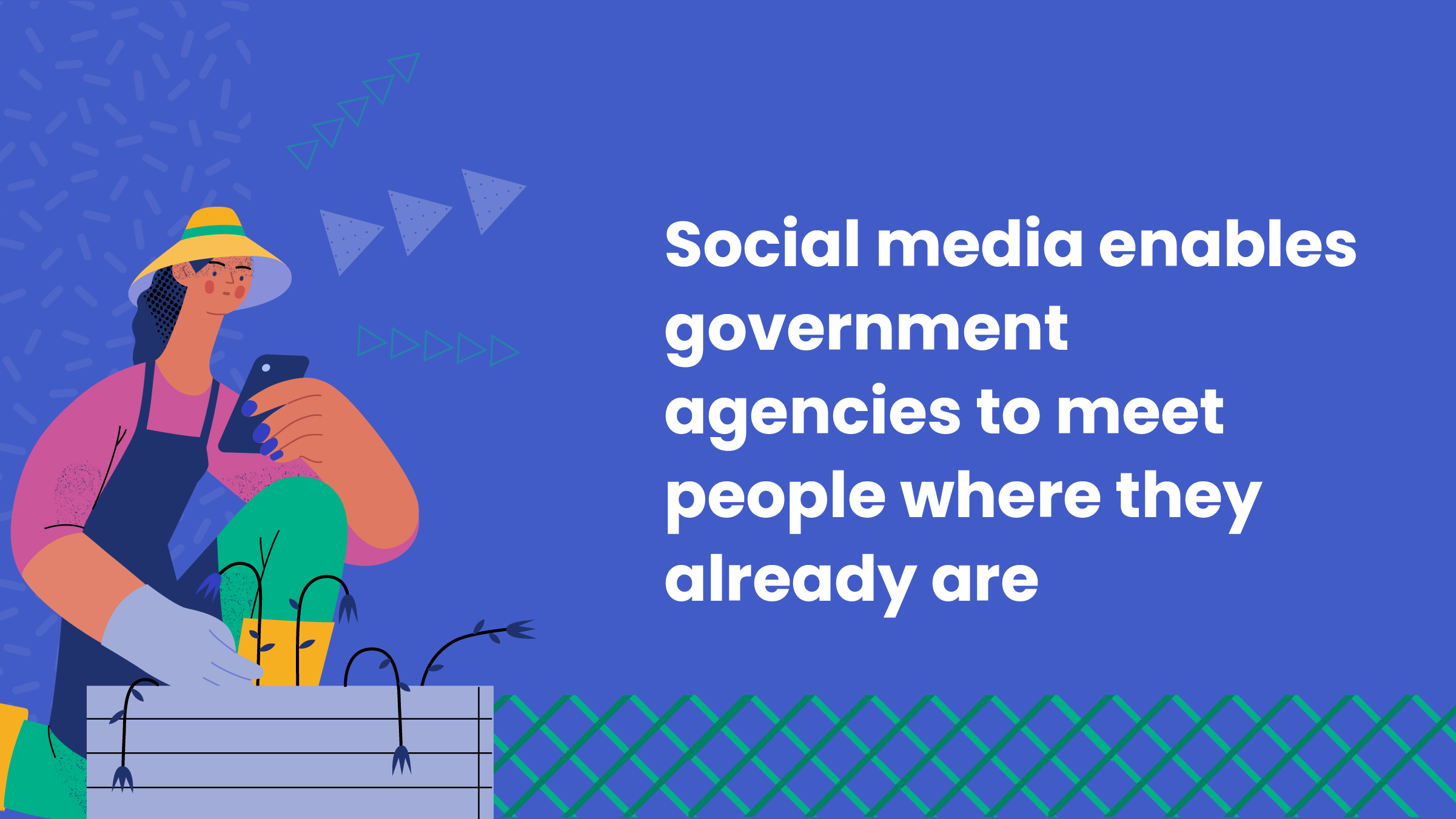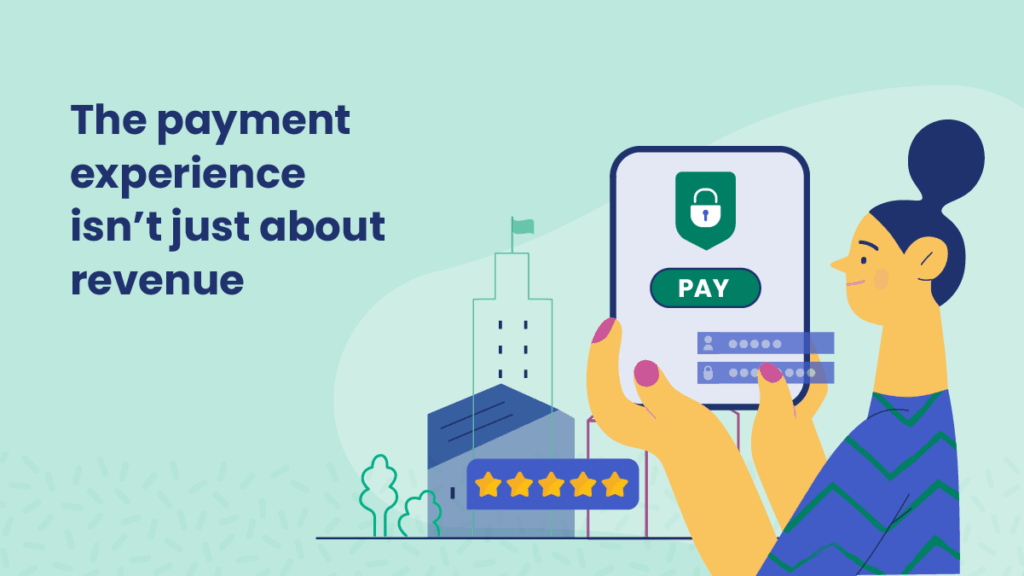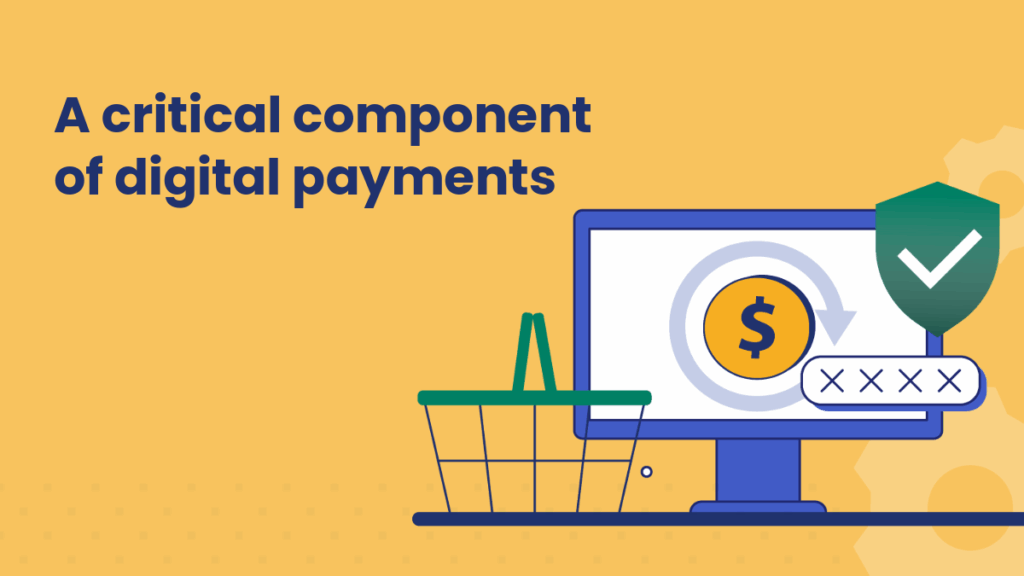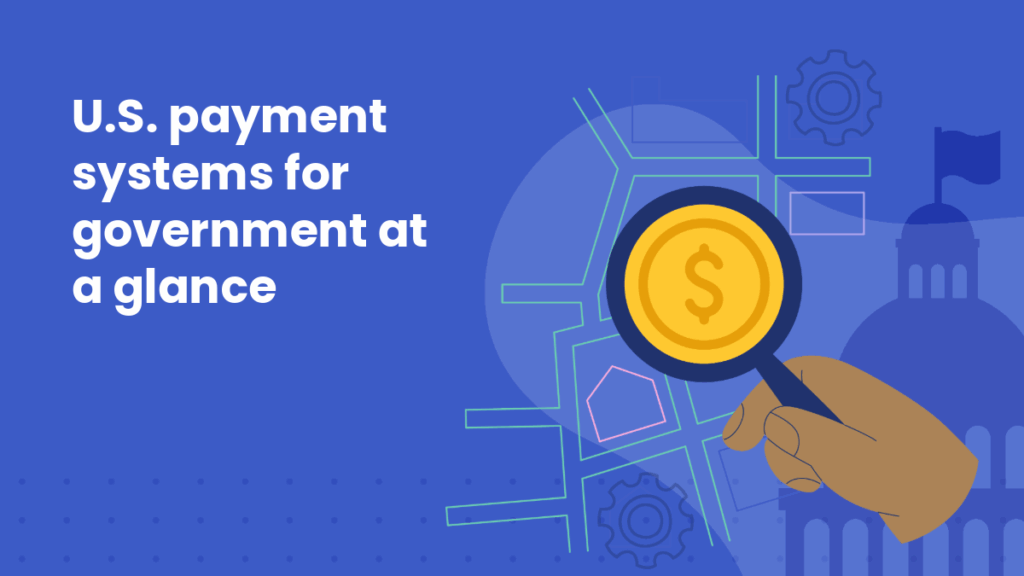How to leverage social media to drive technology adoption

We know that consumers need to hear from brands multiple times before the message sinks in. Similarly, governments need to have multiple touchpoints with their residents to raise awareness of new digital channels, encourage their use and meet the agency’s adoption goals.
These touchpoints exist across multiple traditional channels, including an agency website, physical banners and flyers in-office, direct mail, and more — but newer channels like social media are becoming powerful spaces to connect with residents.
A direct link to residents
Social media enables government agencies to meet people where they already are.
In terms of PayIt’s adoption marketing measures, social media is especially crucial for the early stages of adoption, awareness and consideration. Within these stages, residents are confronted with information and decide whether or not the service or program promoted is right for them.
As previously mentioned, being told something once is rarely enough. (Get it?) That is why it’s vital that governments interact with residents via social media, ideally through multiple platforms. Social media makes it easy to share information with residents about new services, deadlines, etc., and receive feedback in real time.
In just a few simple steps, agencies can employ social media to meet their adoption goals:
- Pick your platform(s)
- Establish goals
- Drive follower growth
- Create a cadence
1. Pick a platform
Odds are, government agencies don’t have a full-time social media manager, so it’s important to be thoughtful about what platform they invest time and energy into. The first step is identifying the target audience and where they currently exist on social media.
The most common platforms for governments to communicate with residents are Facebook and Twitter. These platforms allow residents easy access to important news and updates, are more conversational than platforms like LinkedIn, and require less investment in design and creative editing than platforms like Instagram and TikTok. For example, during weather events, utilities can send status updates through Twitter to notify residents of outages and other relevant information. Official city, county, state, and provincial Facebook pages can communicate upcoming events, tax deadlines, and more — reaching a wide range of constituents (70% of American adults use Facebook, according to Pew Research Center).
Other social media platforms (like Linkedin, Instagram, TikTok, etc.) are nice to have, but Facebook and Twitter are good places to start.
2. Drive follower growth
Social media isn’t effective if a government agency doesn’t reach the people it is trying to support. Whether an agency is starting a new profile from scratch or revamping an existing one, driving follower growth will both improve credibility and awareness on social platforms.
Social media handles (AKA your public username) should be linked on the government agency website to allow quick and simple promotion of accounts. Signage around official buildings is another way to promote accounts. For example, the DMV can add signage with a “follow us on Facebook and Twitter” call to action that encourages visitors to connect for the latest updates.
Another way to grow an account is by following other relevant profiles or partnering with another agency in your city, county, or state jurisdiction to cross-promote relevant posts and reach a highly relevant audience.
Through proper promotion, agencies will grow their following, streamlining communication with their residents.
3. Establish goals
In order to determine whether an agency’s media presence is providing value, it’s necessary to understand the audience and establish goals. In other words, if you’re investing in social media, what does success look like?
Most social media platforms have a native analytics feature as part of their service. These allow you to track engagement, follower growth, and more for each platform. While native analytics are great for monitoring the basics, investing in a social media management platform may be worthwhile for a government agency with a more mature social strategy.
Social media management platforms allow agencies to control all of their social profiles in one dashboard and dig deeper into metrics like engagement, traffic, audience demographics, and even monitor and respond to mentions from followers.
We recommend starting with measuring overall platform engagement rate and follower growth and looking at engagement rate on a post-by-post basis to understand what content performs well and what doesn’t.
The goals will vary and will likely change once an agency starts posting regularly and gets a better understanding of what is a realistic version of success. However, to start out, look at agencies of a similar size, talk to colleagues in your field, and research relevant industry social media benchmarks.
4. Create a consistent cadence
The key to a strong social media presence is consistency. An agency must establish a cadence of post frequency. The sweet spot is considered to be one post per day per platform, but if bandwidth is an issue (40.2% of agencies report a need for more staffing and support to manage social), one to two posts per week is the recommended minimum. Consistent posts help maintain credibility, establishing resident trust and confidence that any information shared is up-to-date and accurate. (Hint: this is also helpful in driving follower growth.
Other considerations for following social media best practices include:
- Use a mix of media types: Include photos and videos where possible.
- Tag any relevant accounts (but don’t be spammy). This amplifies a post to a broader audience, improves engagement, and expands the agency’s network.
- Use relevant hashtags. Hashtags amplify posts to people who are interested in related topics but may not be existing followers.
- Scheduling is great for busy teams, but only schedule posts a week or two in advance to ensure content is up-to-date and appropriate within the context of current events.
- Establish a tone of voice: Is it friendly and approachable? Humorous? Formal and informational?
- Use software to uplevel operations. Social media management platforms help to schedule posts, capture analytics, generate content ideas, and create ROI reports. User-friendly design software like Canva enables non-designers to create visually compelling images for social.
Rinse and repeat
To determine if the current social media strategy is working, return to agency goals. Are you reaching the right people and meeting any engagement and traffic goals? If yes, then continue. If not, then re-evaluate your strategy, goals, cadence, and types of content to optimize efforts and achieve the highest ROI.
Social media is a vital tool to drive community adoption, so it’s essential to understand how to leverage it to meet adoption goals.
Learn more about how to create an adoption marketing strategy.
Looking for more content?
Get articles and insights from our monthly newsletter.




